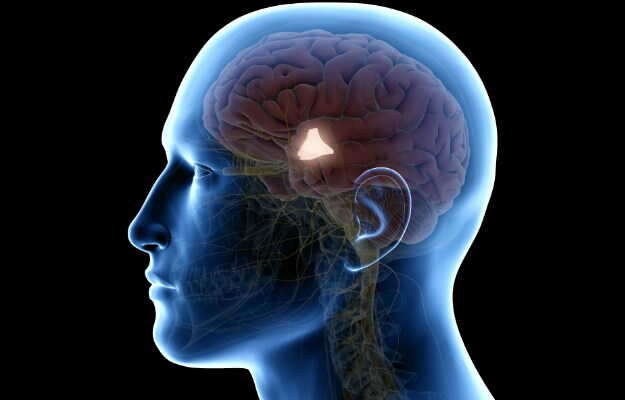What is chlamydia?
Chlamydia is a common sexually transmitted infection affecting both men and women. Chlamydia trachomatis is the bacterium that causes the disease.
A person who has had the condition once can get re-infected if the bacteria enter their body.
What are its main signs and symptoms?
Some people who have chlamydia may have no symptoms at all, until they come in contact with an infected person again.
The common symptoms in men include:
- Burning sensation during urination
- Discharge from the penis, along with a burning sensation
Symptoms in women are:
- Vaginal bleeding between periods
- Pain during sexual intercourse
- Abdominal pain and fever
- Itching or burning sensation while urinating
In an infant, the symptoms can include those seen in eye and lung infections.
What are its main causes?
- A person can get chlamydia through sexual intercourse. Having oral, anal or vaginal sex with an infected partner puts you at risk of getting the infection.
- An infected mother can pass on the infection to her child during childbirth.
- Having unprotected sex, or sex with multiple partners, puts you at risk of getting a sexually transmitted infection, including chlamydia. (Read more: How to have safe sex)
How is it diagnosed and treated?
- If you have no symptoms but suspect that you may have been exposed to chlamydia, it is important to inform your physician about your sexual history.
- A vaginal swab is taken from a female to check for the infection.
- In men, the urine is tested.
Treatment is as follows:
- Antibiotics comprise the standard treatment for chlamydia since it is a bacterial infection.
- Depending on the type of antibiotic given, the course may extend up to 10-14 days. It is important to complete the entire course to make sure you are completely free of the infection.
- Complications include spread of infection to the uterus and cervix in females, leading to more severe problems such as infertility.
- In males, the infection can spread to the prostate gland or the urethra.

 Doctors for Chlamydia
Doctors for Chlamydia 

















